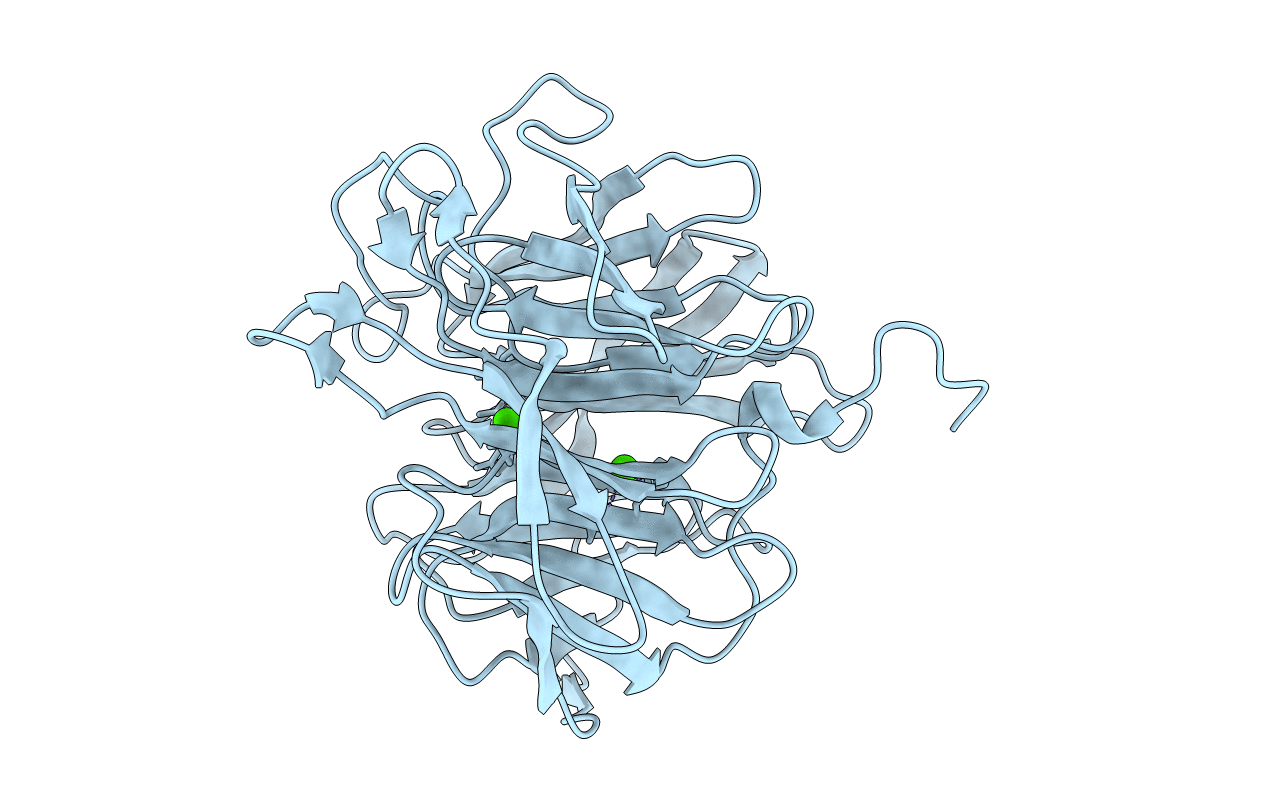
Deposition Date
2006-09-08
Release Date
2006-09-26
Last Version Date
2023-08-30
Method Details:
Experimental Method:
Resolution:
1.74 Å
R-Value Free:
0.21
R-Value Work:
0.16
Space Group:
P 21 21 21


